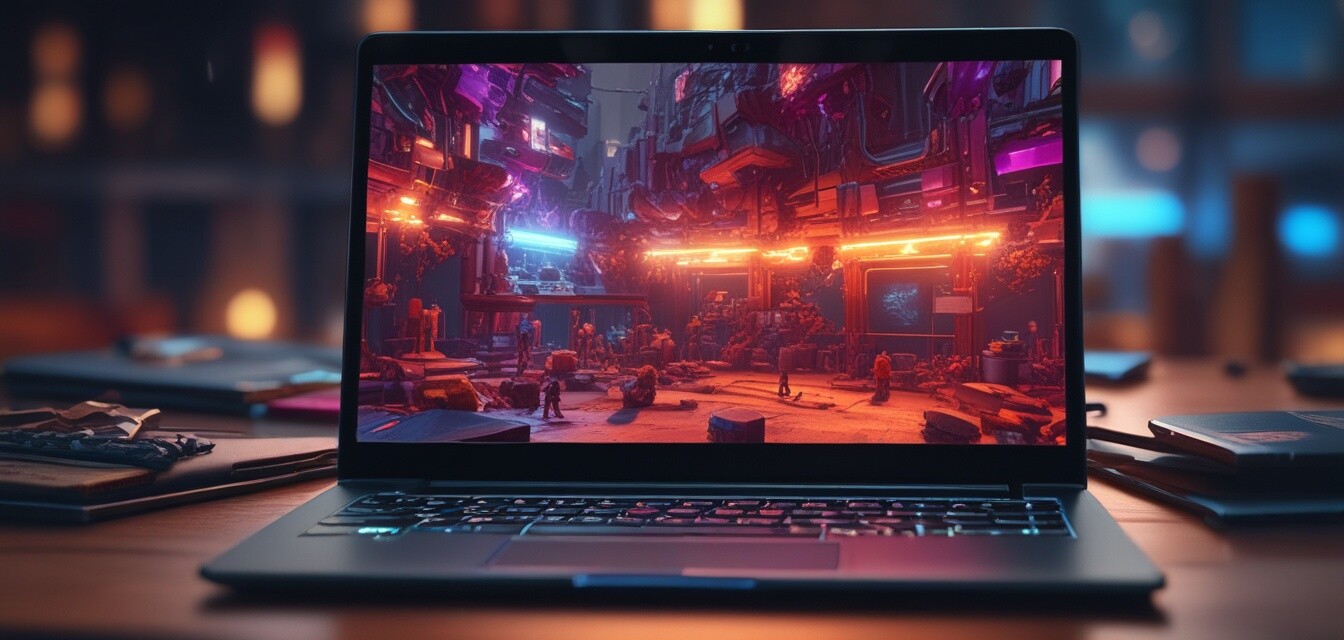
Best laptops for 3D rendering
Key Takeaways
- Look for laptops with dedicated graphics cards for optimal 3D rendering performance.
- Prioritize high RAM capacity to handle complex projects without lag.
- Consider CPU performance for better rendering times and multitasking capabilities.
- Evaluate storage options; SSDs are preferred for faster load times.
- Battery life and thermal management are crucial for lengthy rendering tasks.
Choosing the right laptop for 3D rendering can significantly enhance your workflow and creativity. With a multitude of options available, it’s important to understand the critical features and specifications that will benefit you the most. In this guide, we will explore the ideal components required for laptops that can handle intensive 3D rendering tasks efficiently.
What to consider when selecting a laptop for 3D rendering
1. Graphics card
The graphics card is arguably the most important component for 3D rendering. Dedicated graphics cards provide the processing power required for complex rendering tasks.
2. Processor (CPU)
A powerful processor ensures that your laptop can handle multiple tasks simultaneously, especially when working on demanding applications.
3. Memory (RAM)
Ample RAM is essential for smooth performance when working on large projects. Aim for a minimum of 16GB, but 32GB or more is ideal for professional work.
4. Storage type and capacity
SSD storage is preferred for faster performance, especially when loading large files or software. A combination of SSD and HDD can provide ample space without sacrificing speed.
5. Display quality
A high-quality display with good color accuracy and resolution (preferably 4K) is essential for detailed work in 3D rendering.
Recommended specifications for laptops
| Component | Recommended Specs |
|---|---|
| Graphics Card | NVIDIA GeForce RTX 3060 or higher |
| Processor | Intel i7 or AMD Ryzen 7 and above |
| Memory (RAM) | 16GB minimum, 32GB recommended |
| Storage | 512GB SSD or more |
| Display | 15 inches with 1080p or 4K resolution |
Pros and cons of using a laptop for 3D rendering
Pros
- Portability for rendering on-the-go.
- Compact size compared to traditional desktop systems.
- Advanced thermal management to ensure optimal performance.
Cons
- Higher price for comparable performance compared to desktops.
- Limited upgrade options in most models.
Comparison of popular laptops for 3D rendering
| Laptop Model | Graphics Card | Processor | RAM | Storage | Display |
|---|---|---|---|---|---|
| Laptop A | NVIDIA GeForce RTX 3060 | Intel i7 | 32GB | 1TB SSD | 15-inch 4K |
| Laptop B | NVIDIA GeForce RTX 3070 | AMD Ryzen 7 | 16GB | 512GB SSD | 17-inch 1080p |
| Laptop C | NVIDIA RTX 3080 | Intel i9 | 32GB | 2TB SSD | 15-inch 4K |
Conclusion
Investing in the right laptop for 3D rendering can greatly impact your productivity and creative potential. By focusing on essential specifications such as graphics capabilities, CPU performance, and RAM capacity, you can select a laptop that aligns with your professional demands. Explore our buying guides for more information and tips on choosing the best PC or laptop suited for your specific needs.
Whether you’re a professional designer or an enthusiastic hobbyist, understanding the features that matter most will guide you toward making an informed purchase. Happy rendering!